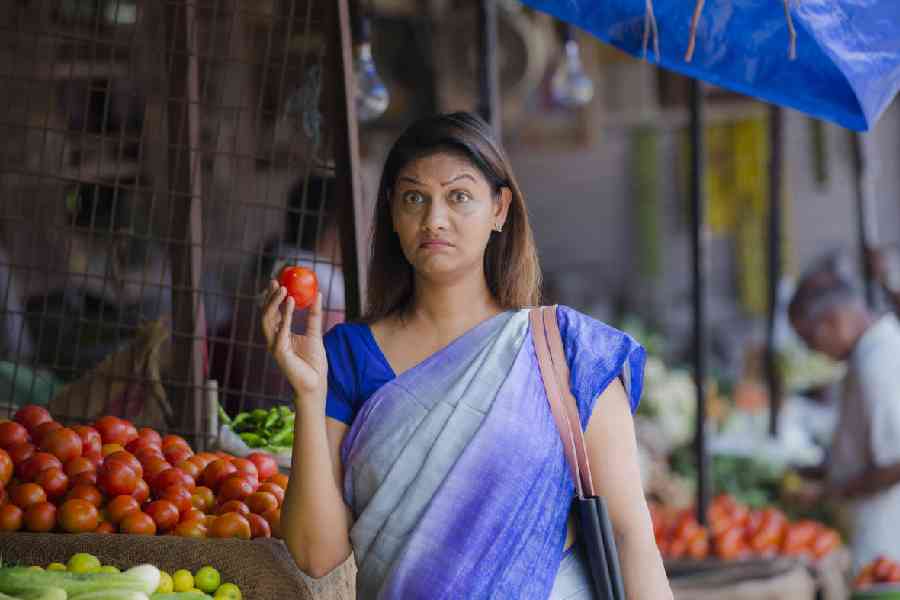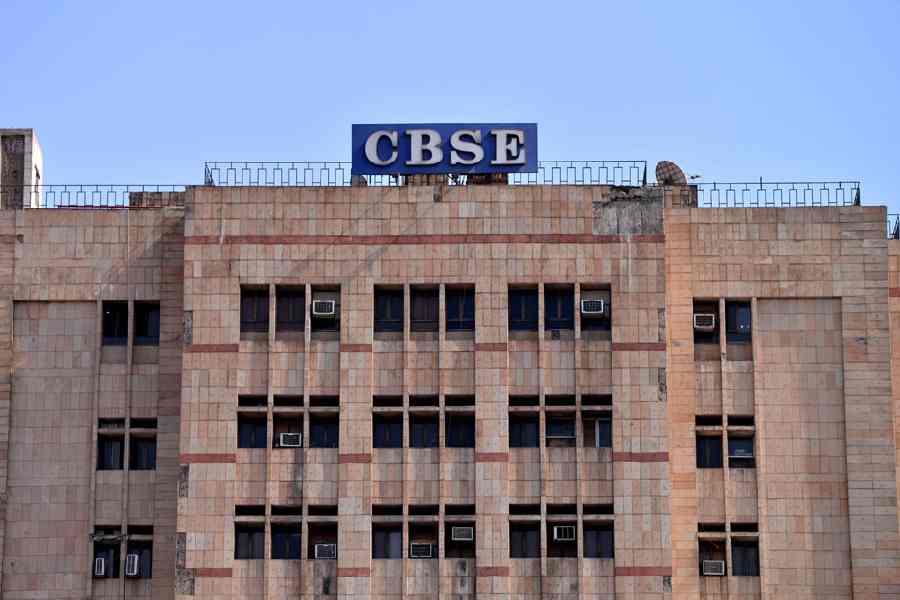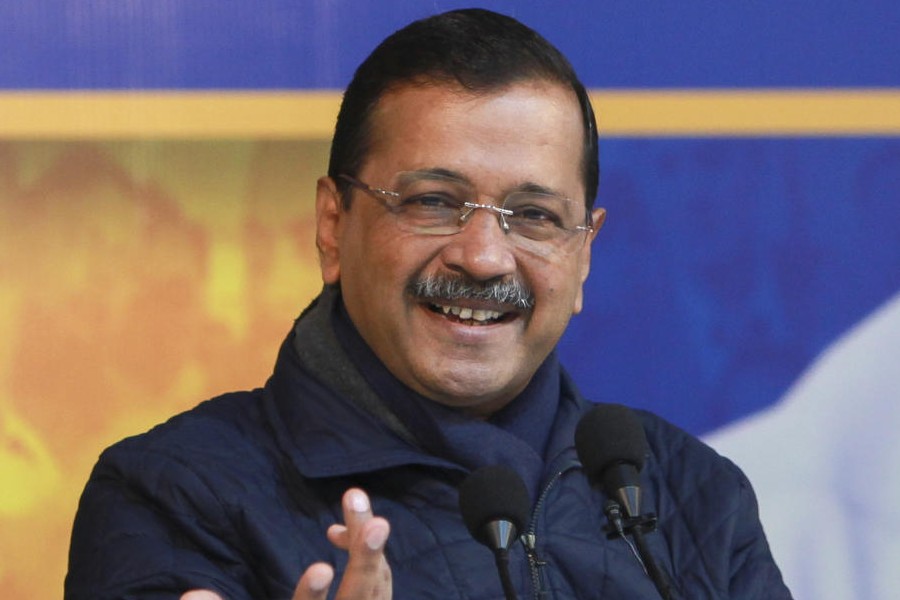Food inflation has been centre stage of late. It is concerning for policymakers who had been encouraged by the decline in general inflation this year. A cumulative build-up in food price pressures with fresh spurts in vegetable prices has upended that, reversing the trend last month. The divergence in food and core price changes is also getting more pronounced. The latter reflects demand-side pressures in the economy and indicates a steady weakening of the impetus in the June quarter. Onthe other hand, the thrust in food prices only gained strength in the same period, with price spikes in a range of items. Costlier foods pinch consumer pockets the most. The consequences are adverse and varied: food inflation aggravates consumption inequalities as the incidence is differential and, if not quickly contained, it can depress aggregate demand.
For the average Indian, the combined food group forms almost 46% of his/her consumption basket. The average is misleading in this instance because along with fuel, food accounts for a far bigger share of monthly spending by lower-income groups. Higher and rising expenses on necessities like cereals, milk, vegetables and so on often come at the cost of foregoing other expenditures. Typical goods and services sacrificed in this trade-off are durables like refrigerators or vehicles, travel, recreation, some personal services, among others; in other words, discretionary spending that can either be delayed or even forfeited altogether depending upon how hard the inflationary bite is.
The split in urban and rural consumption patterns illuminates some more as to whose cost of living suffers the most from costlier foods. Rural consumer spending upon all foods is proportionately higher (one-third) than the urban segment. Incomes in the former areas tend to be comparably lower as well. Earned from a mix of farm and non-farm sources, they are significantly impacted by agricultural input-output price movements that are volatile. A relative worsening pulls down rural incomes as has, indeed, been the case since late last year. Moreover, rural wage increases have also lagged the price rise, usurping purchase capacities.
Which foods are becoming more expensive matters as well. Primary or staple ones such as cereals cannot be done without, unlike meats, eggs, or even vegetables that the poor forego in extreme circumstances and at the cost of nourishment. In the present instance, the double-digit pace of price rise in cereals for 10 consecutive months has underpinned food inflation. Cereals, including atta, are 19% costlier than two years ago and above the 12% increase in general prices in the same period, a hefty, month-on-month price growth in the cereals and products category from last May to January this year. Improved wheat output and price management measures moderated the pace but in the recently-ended quarter, cereal price growth has reversed course to climb up, once again.
Vegetables joined the food price rise with a sharp jump in June that has carried over into this month. The rising price of tomatoes, sowing of which was short to start with, has dominated headlines and public discourse. It has also raised the spectre of spillovers into other vegetable prices, a phenomenon commonly observed in the case of onions and potatoes. The trifecta, or TOP, are near staples in the Indian kitchen. Again, rural consumers spend twice as much upon these primary foods overall than urban ones.
The government has not been immune to the food price developments, triggered by a combination of the February-March heatwaves, April’s unseasonal and heavy rainfall, pests, and production shortfalls. Countervailing measures have been fast and several. These range from stockholding limits upon wheat after one and a half decades as public procurement of the grain lagged its target for the second successive year; an export ban continues since May 2022; open market sales from buffer stocks are intended through the year, with reports of reducing/eliminating import duties on wheat if need be. A 20% export duty on common rice is accompanied by reports of a possible outright ban on export of all rice varieties. Differential export controls/restrictions and stocking limits apply to many pulses. Entrenching beliefs among private agents about lower-than-initially estimated output of wheat and expectations of higher future prices are being reported despite these measures.
While the pinch to consumer pockets is hard, the drag upon the final demand is not insignificant either. The net aggregate outcome is depressed or weakened consumption expenditure, given the higher relative impact upon the lower income segment, the bigger portion of India’s total consumption base. It was visible in the national income accounts for the March quarter in which private consumer spending contracted in sequence. The early trends for the first quarter of this financial year are discouraging in this context. According to reports, sales growth of fast-moving consumer goods’ firms fell in both urban and rural areas on an annual basis while a large company with the biggest rural market share has been disappointed by the lack of any sequential improvement in rural demand as was hoped.
More granular and broader information will shed further light. But there’s little disagreement over collateral damage to consumer demand. The longer food inflation persists and incomes lag, the bigger the likely dent. Typically, food price shocks do not last beyond a quarter or a bit more. So what do the moderation prospects look like? On this, there’s a fair amount of uncertainty now. The food price dynamics is subject to a number of unfavourable factors, foremost being the visibly recent spell of heavy rains and flooding in northern India that have disrupted supplies and are a risk to fresh-sown crops. Then, the monsoon distribution is uneven so far, with rainfall in deficit in the southern region. This year, there’s a high probability of El Niño weather conditions, which can impact agriculture output.
Persistent management of supplies is the best course in the near-term in this light. While this plays out, the hope is of success and that the anticipated weather shocks do not materialise. Cash transfers in lieu of extra foodgrains to mitigate the pinch risk aggravation if the scale is substantial. Meanwhile, food inflation must be endured.
Renu Kohli is an economist with the Centre for Social and Economic Progress, New Delhi











